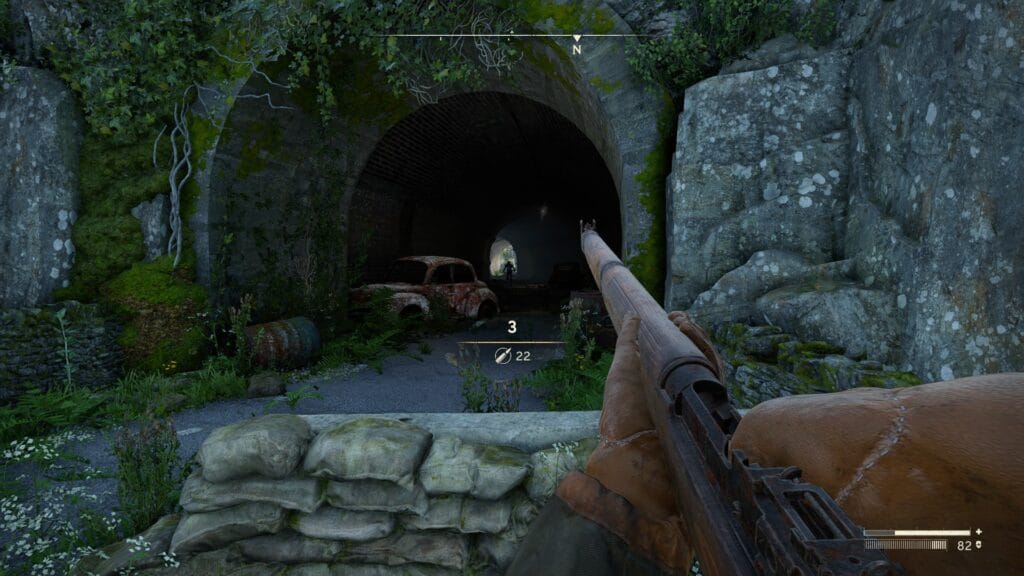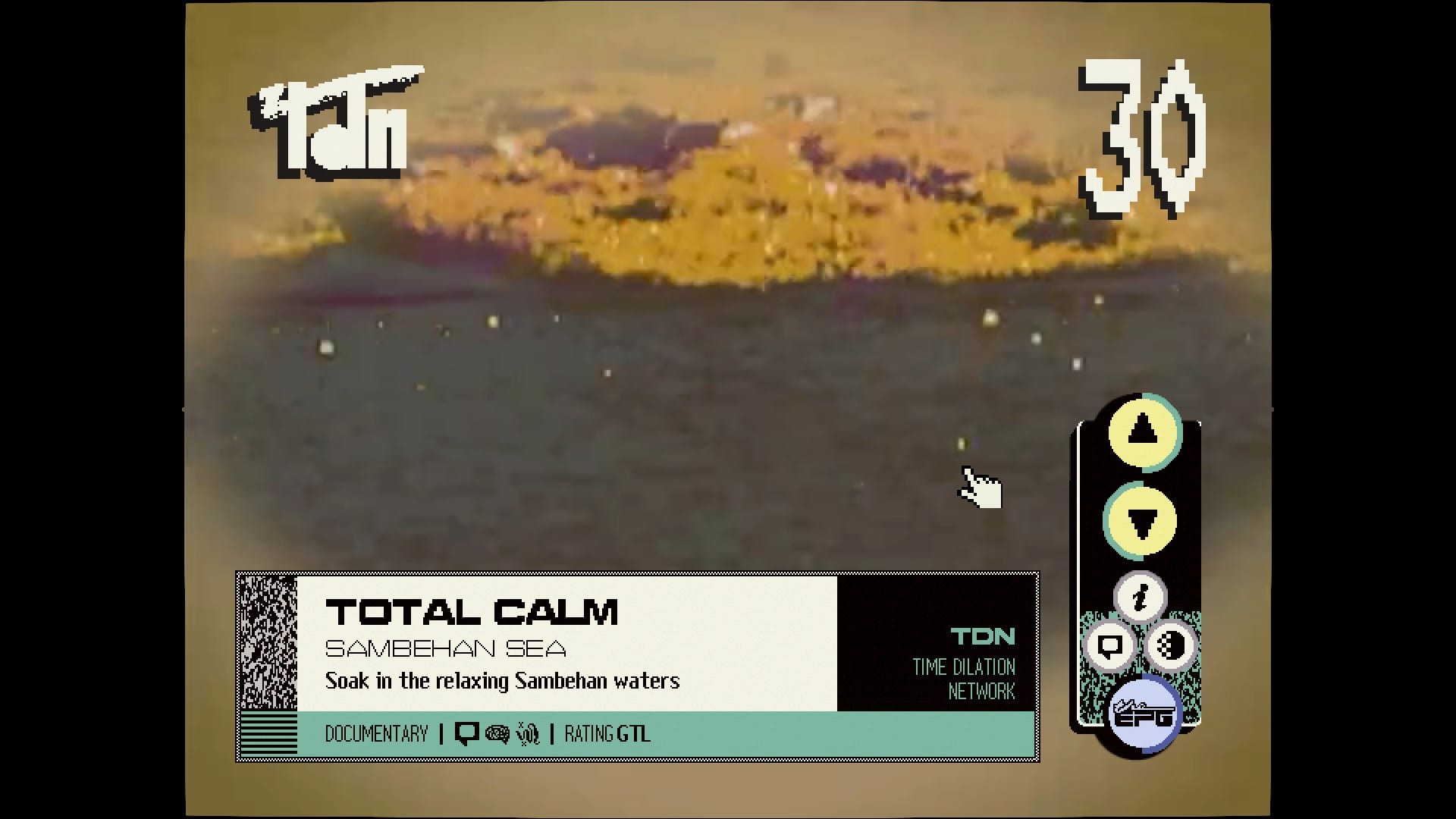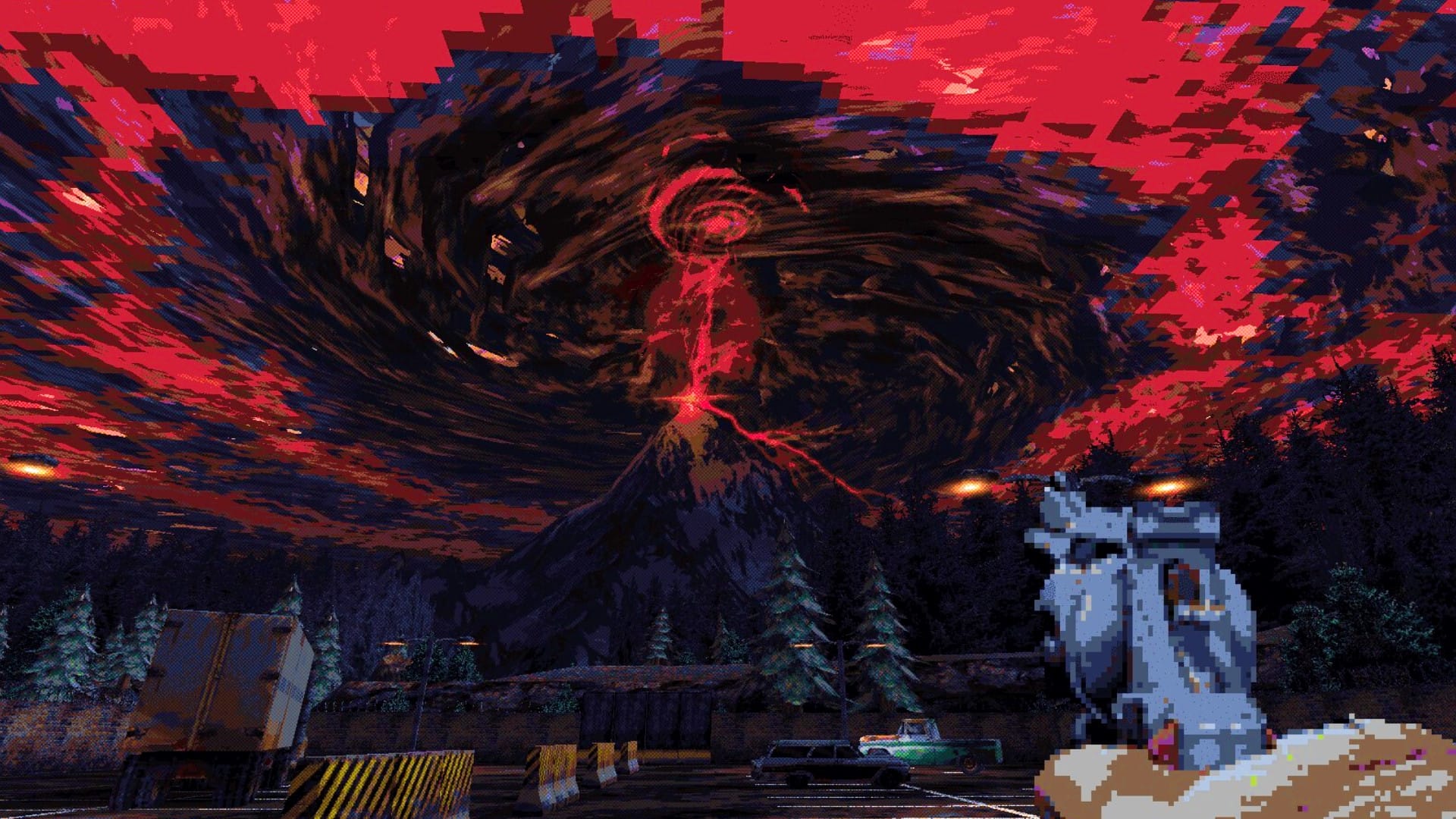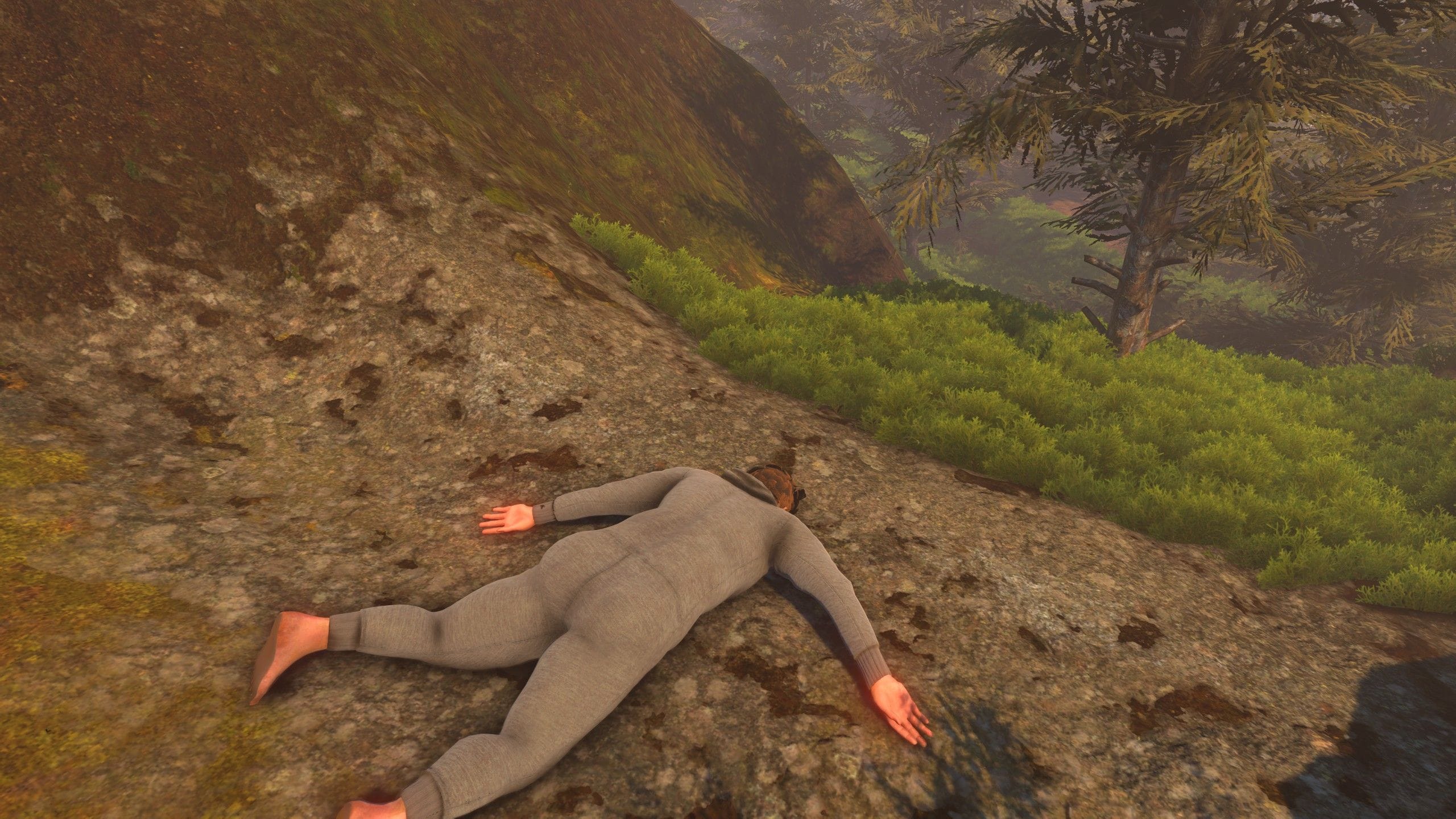Oxford-based developer Rebellion have always continued some proud traditions of games made in the UK, not least with their attention to detail and sense of humour. Atomfall may be their most pleasingly British game yet. Set in an alternate 1962, it casts players as an amnesiac trapped in an exclusion zone around the Windscale atom plant in the Lake District. In this version of events, the 1957 Windscale fire was much worse and much stranger than in reality, and led the government in London to seal off the whole area.
If Sniper Elite: Resistance was Rebellion’s insurance policy for 2025, a safe game assured of success, then Atomfall is a bolder and riskier move. Its first-person survival design invites comparisons with popular series like Fallout and Metro, and places new demands on Rebellion’s in-house Asura engine. This is largely uncharted territory for the studio, and various aspects of the end result are somewhat rough around the edges. But Atomfall is one of those games which succeeds despite its shortcomings. It is better than the sum of its sometimes clunky parts.

The game opens in a small bunker, when the amnesiac nameless protagonist is woken by a wounded scientist in a hazmat suit. With only the barest introduction to the situation, the player is thrust out into Lake District. A beautiful and very British vista, complete with a classic red phone box, conceals a severely troubled region from which there is no clear escape. This corner of the green and pleasant land is under tenuous military administration, roamed by violent bandits, unhinged cultists, and aggressive mutants. The player must find a way out, seeking an explanation for the disaster in the process.
Rebellion have chosen an intriguing structure for Atomfall. The Lake District is divided into a series of relatively large, open-ended zones. This brings to mind Metro Exodus, the difference being that the player can freely wander between the zones – they are not accessed in a linear sequence. In fact, there is a huge degree of freedom here. Atomfall eschews a traditional quest or mission structure in favour of an “investigation” system. The player only rarely receives explicit requests for help – instead, there are various points from which the same mission can be picked up, and this alters the way they unravel.

While Atomfall looks superficially like a Bethesda-style RPG, it lacks any conventional RPG systems. XP, levelling, and a conventional skill system are all absent. This is a true, albeit relatively forgiving, survival game. Skill points are found in the environment, in the form of vials of a learning drug developed by army boffins. Skills themselves are mostly available only after specific training manuals are found or traded for – there is no money here, only a pure barter system. This is complicated by a surprisingly tight inventory capacity, which imposes some tough choices.
Seeing investigations through to the end typically involves stealth or combat. These mechanics are both fairly crude. While stealth takedowns are available, opportunities to use them are quite rare – especially in the tight spaces of bunkers and military facilities, which offer few stealthy angles of approach. Ammunition is scarce, and the player can only carry a small amount. This strongly encourages melee combat, which can involve battering foes with that quintessential English weapon, the cricket bat. Rebellion’s brawl mechanics are primitive, though – there is no means to parry, and movement is sluggish, so fights feel farcical rather than satisfying. Bluntly, combat in Atomfall is merely adequate.
Rebellion’s work is also a little disappointing on the technical side. While it remains admirable that the studio maintain their own engine, Asura is looking increasingly long in the tooth. Atomfall has been developed in part for last generation consoles, and looks like it. The lack of any upscaling feature like FSR or DLSS is also difficult to accept in 2025. The deficiencies of character models and certain textures is much more evident in a first-person perspective than it is in recent Sniper Elite games, with their more forgiving third-person view.

The secret weapon that Atomfall successfully leans on is its distinctive and well-executed setting. Rebellion’s weird, warped take on the Lake District is a pleasure to explore. Above ground, there are narrow tracks, dry stone walls, crumbling farmhouses, and decrepit estates. Below, there are sinister government facilities, dank cellars, and cult-haunted caves. The studio have crafted all of these with evident care, and have clearly been inspired by classic British science fiction, from Doctor Who to Quatermass, by way of the novels of John Wyndham. Even when combat disappoints, it feels worth it to continue exploring, digging out secrets and loot in this unique take on northern England.
Atomfall is a fairly bold project for Rebellion, one which exposes their technical weaknesses as well as their inexperience with first-person games. Its stealth and combat may be underwhelming, but the game is saved by its intriguing investigations, unique setting, and absorbing atmosphere. Hopefully in future, the team can weld these admirable elements to more solid fundamentals.





